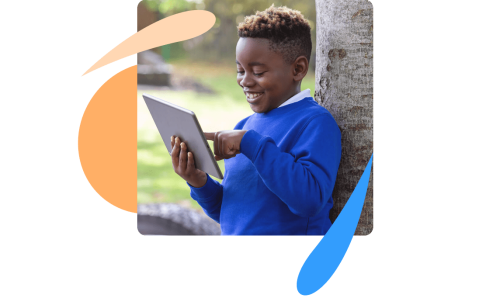Discover DoodleSpell, the personalised spelling app
Going beyond rote memorisation and aligned to EYFS, KS1 and KS2, DoodleSpell transforms learning spellings into a fun adventure!
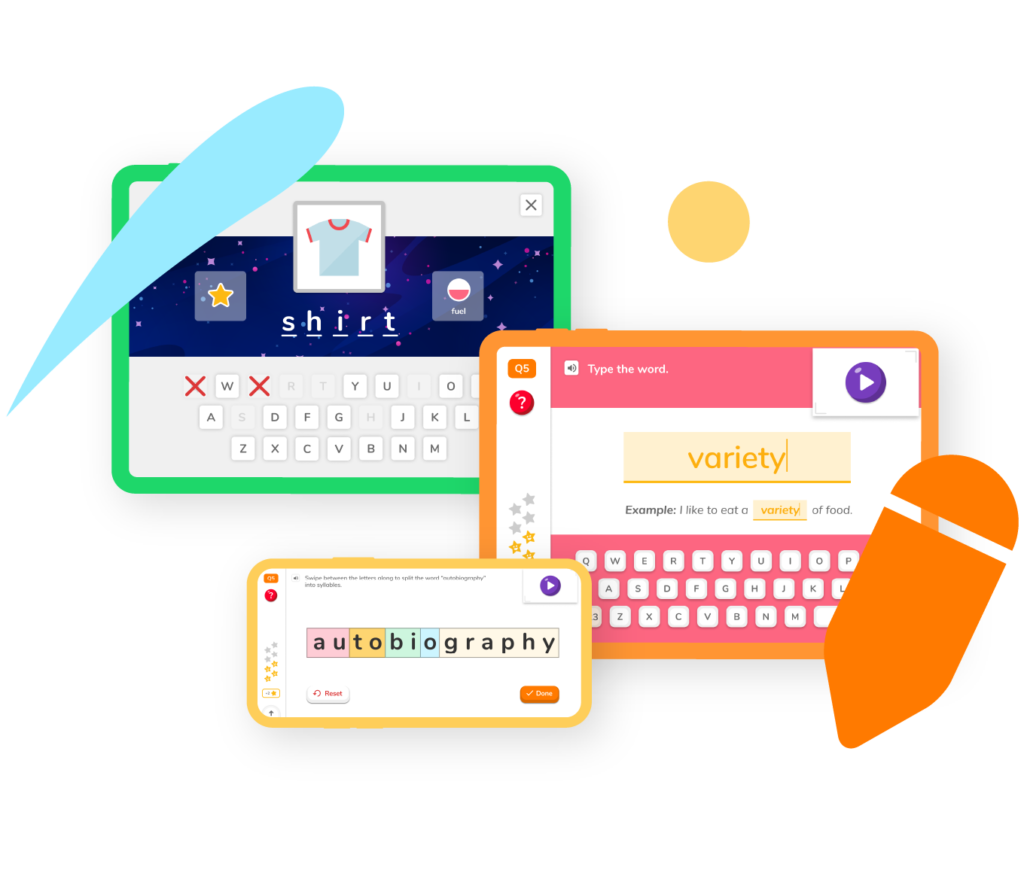
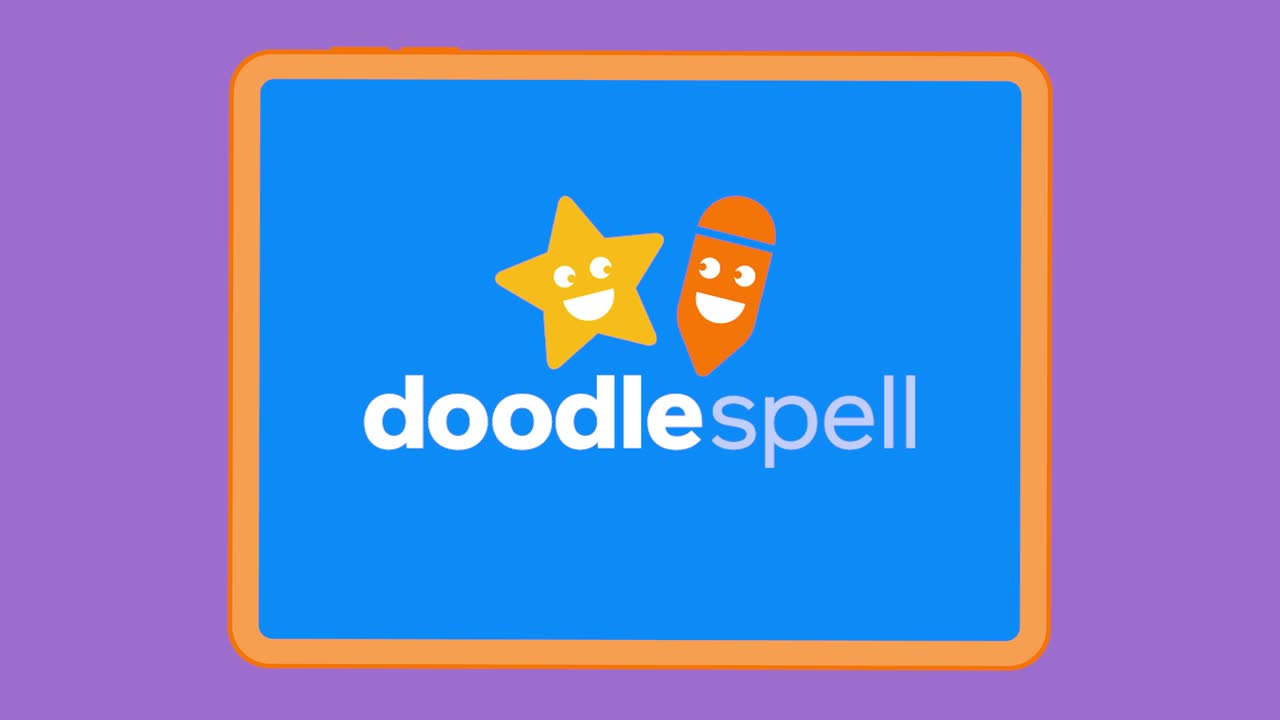
Learn how to spell with DoodleSpell, the innovative spelling app for ages 5-11!
Filled with interactive exercises and fun games, DoodleSpell is specifically designed to boost confidence and ability in spelling.
Rather than simply teaching how to spell words, DoodleSpell helps children to understand the meaning behind words and how to use them in sentences, giving them a solid foundation to build on in school.
What makes DoodleSpell the ultimate spelling app?

Aligned to the curriculum
Designed by our team of teachers, DoodleSpell is aligned to the National Curriculum, making it the perfect way to prepare for spelling tests.
More than recall
Unlike traditional spelling practice, DoodleSpell takes children beyond memorising words, teaching core vocabulary skills such as word formation and sentence structure.
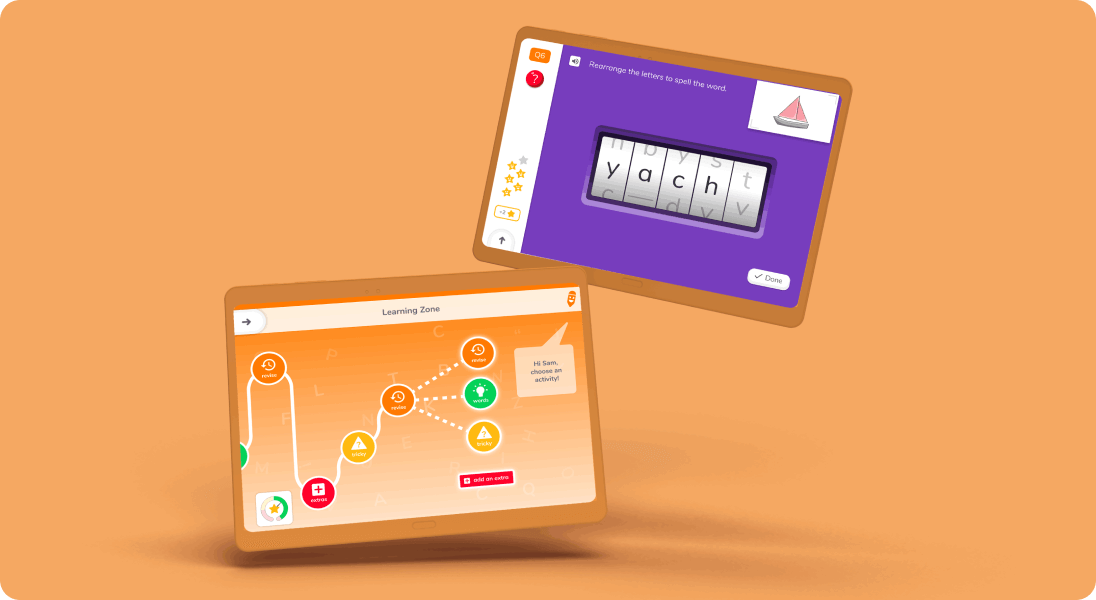

Breaks down barriers
By setting work at just the right level and rewarding effort over ability, Doodle empowers every child to believe in themselves, encouraging even the least confident and disengaged learners to keep up their hard work.
Makes spelling fun!
Filled with thousands of interactive exercises, rewards and fun spelling games, DoodleSpell ensures that learning is always fresh and engaging, encouraging kids to use the app ‘little and often’.
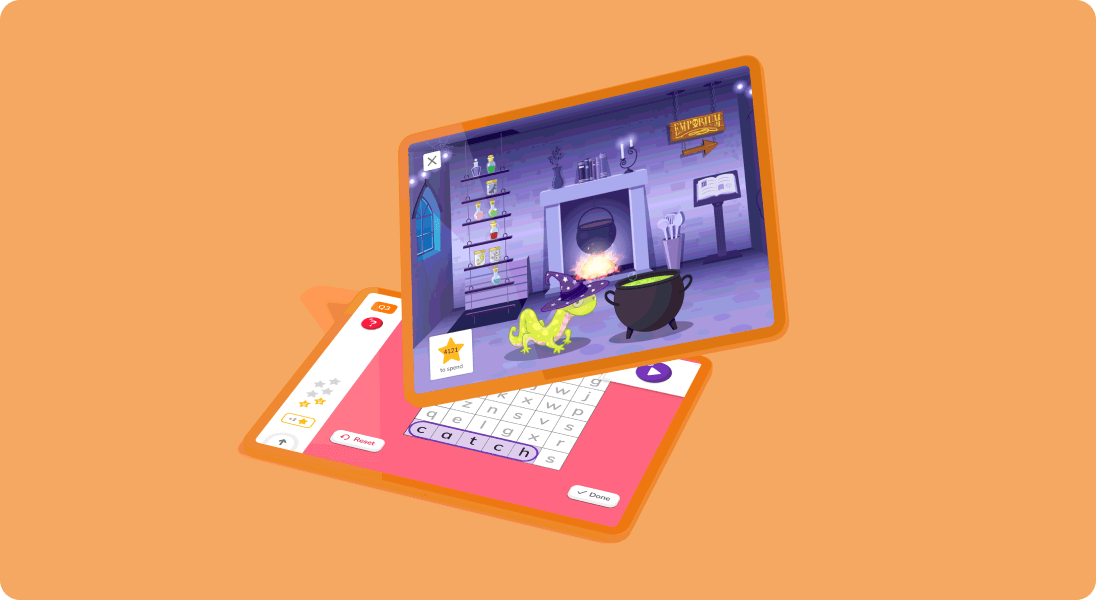

Use online or offline
DoodleSpell can be used offline and on tablets, phones, laptops and desktops, letting children learn anywhere, anytime.
DoodleSpell is for everyone
DoodleSpell is the perfect spelling solution for parents, teachers and children
How it works for:
How it works for:
Takes the ‘hard work’ out of homework by letting you add your child’s school spelling lists into the app in just a few clicks!
Transforms screen time into a positive learning experience by encouraging just 10 minutes of use a day
Encourages independent learning by setting work at just the right level for your child, letting them work unaided
Lets you easily track your child’s progress and set goals for them using the free DoodleConnect app and online Parent Dashboard
A range of accessibility options, such as audio-dictation, are available to help less confident readers work independently
Try for free to discover how DoodleSpell can benefit you and your child!
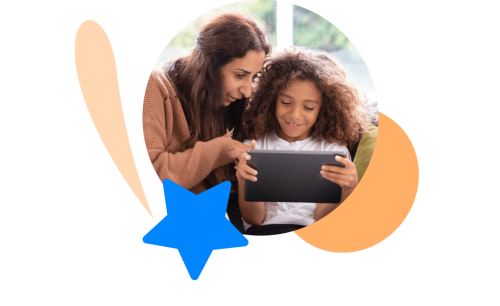
With content covering the primary curriculum, DoodleSpell supports your teaching and builds key literacy skills, taking pupils well beyond ‘look, cover, write, check’.
Easily add your own spelling lists into the programme to create sets of fun, interactive exercises
Takes pupils beyond rote learning, teaching fundamental strategies such as chunking, rhyming and patterns
Replaces worksheets with fun sets of interactive exercises, cutting down on marking whilst helping you do your bit for the planet!
Identifies the gaps in each child’s knowledge and consolidates what they already know, helping to support your teaching
Sets work at just the right level for each child, enabling pupils of all abilities to work at their own pace in the classroom and at home
Automatically marks work and displays each pupils’ understanding of all AREs in an online hub, helping to inform differentiation and report writing
Scaffolds learning and sparks a love of spelling by using pedagogically-researched question styles
Accessibility options, such as audio-dictation, are available to help less confident readers work independently
Start a free trial to discover how Doodle could benefit your school
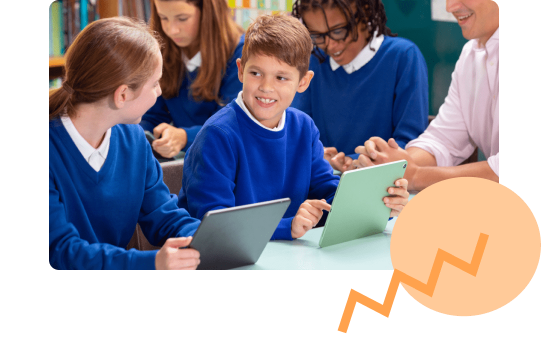
DoodleSpell is the ultimate spelling app for kids. With powerful potions to unlock and spectacular spells to mix, the app transforms spelling practice into a fun adventure!
Replaces worksheets with fun exercises, spelling games and unlockable characters, keeping learning fresh and exciting!
Rewards effort over ability, letting every child work independently and experience ongoing success
Motivates child to use the app 'little and often' with challenges to complete, potions to mix and virtual badges to earn
Lets children set their own goals and earn stars for their hard work, building their independence and encouraging them to take ownership of their learning
Try DoodleSpell for free and start Doodling today!
